Italian espresso coffee water powder ratio characteristics Italian espresso gold ratio extraction method introduction
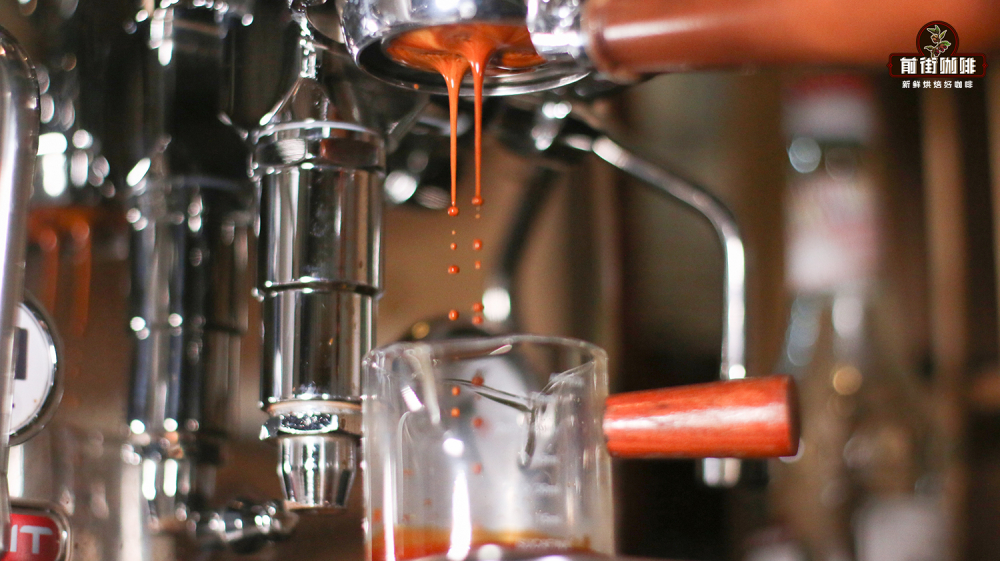
Professional coffee knowledge exchange more coffee bean information please follow the coffee workshop (Wechat official account cafe_style)
Qianjie Coffee has always stressed that the extraction parameters of hand-brewed coffee have a great influence on a cup of coffee, especially on the extraction of espresso. It is important to know that the concentration and extraction time of espresso are more stringent than hand-brewed coffee, with a slight deviation, which is reflected in that the flavor of a cup of espresso will be magnified by multiple. Therefore, it is really important to understand the extraction parameters of Italian concentration. First of all, like the extraction parameters of hand-brewed coffee, espresso pays more attention to the extraction parameters. The following will explain the amount of coffee powder, the ratio of powder to liquid, extraction time, flow rate, extraction pressure and extraction temperature. The amount of coffee powder is determined by the capacity of the powder bowl. for example, some coffee machine manufacturers will provide several specifications for double powder bowls, such as 16g, 18g, 20g, 22g and so on, but these specifications are the recommended capacity. the maximum error of filling powder is ±1g. For example, the reasonable amount of powder in a powder bowl of 18g can be 17-19g. Qianjie does not recommend much less or more powder than the size of the powder bowl. The amount of powder will affect the density of pressed powder, in the same intensity of filling, too little powder will be relatively sparse, resulting in fast flow rate, and then insufficient extraction, otherwise, the density is denser, the flow rate is slower and even difficult to extract coffee liquid.
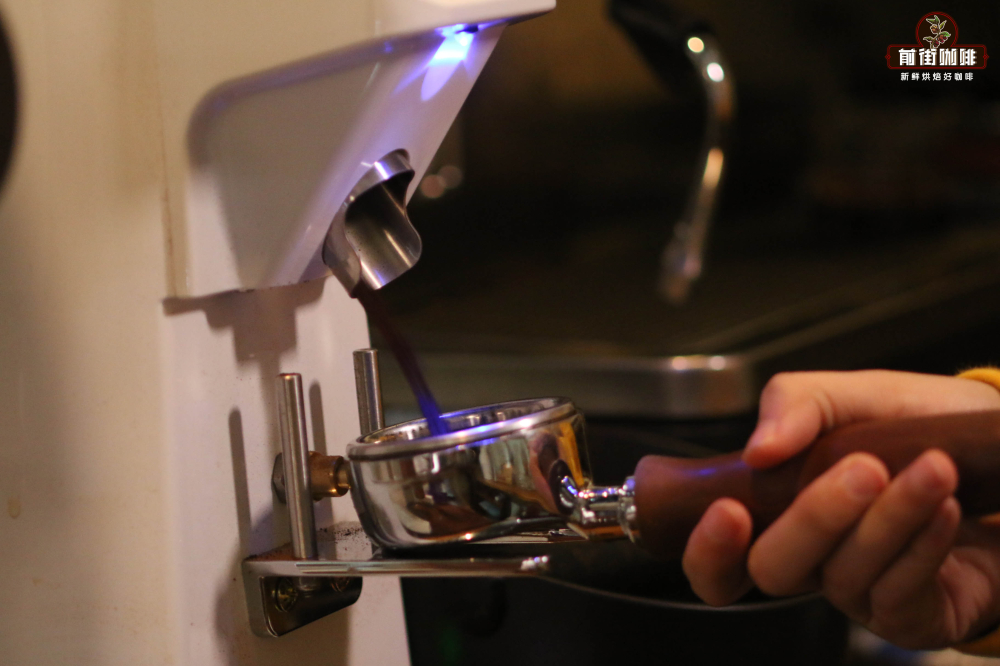
Powder to liquid ratio espresso uses the ratio of coffee powder to espresso, because you can't figure out how much water is used to extract, and of course, new types of coffee have the opportunity to install a swivel meter on the inlet to show the amount of water. The initial extraction ratio is the single powder concentration standard, 7-8 g powder extraction of 25-30ml espresso. The former is a unit of weight and the latter is a unit of capacity (volume). When the density is the same, the two are equal to each other, but we all know that the extracted espresso contains golden oil. the thickness of this layer of oil depends on the roasting degree and freshness of the coffee, so using this method of measurement will cause instability in the product. All appeared the ratio of powder weight to liquid weight. It is common to use a proportion of 1:2, such as 20g coffee powder to extract 40g coffee liquid. The proportion is affected by two factors, one is the amount of powder, the other is the amount of water, too low proportion will make the coffee very rich and heavy, easy to have the bitter taste caused by excessive extraction. On the contrary, if the proportion is too high, it will be dull and dull, as well as the acidity caused by insufficient extraction.
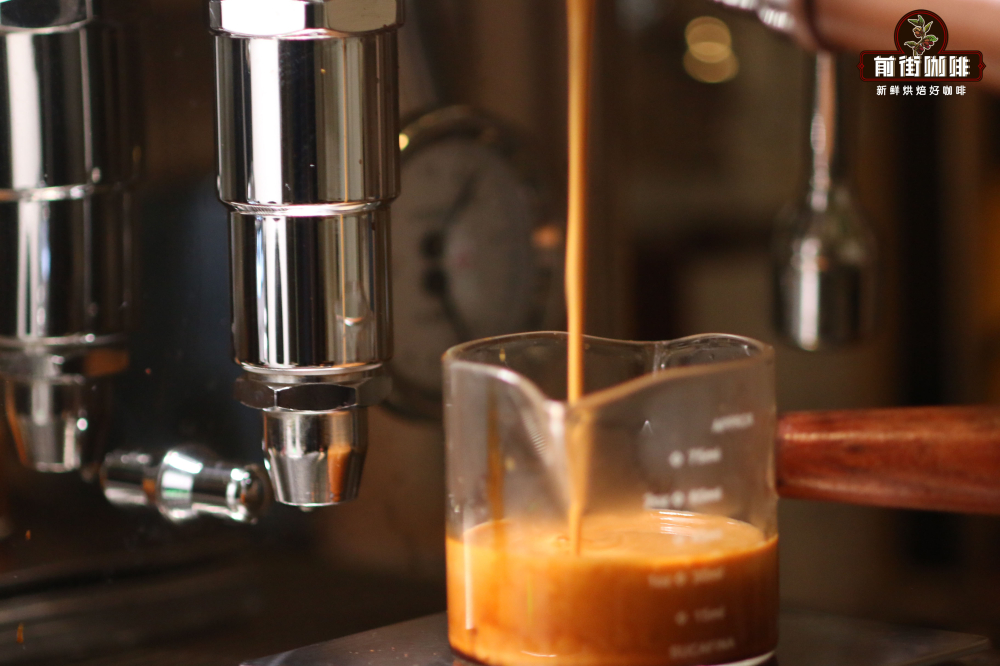
The extraction time refers to the whole extraction time from the beginning to the end of the extraction by buckling the handle and pressing the extraction key. One of the factors that affect the extraction time is the degree of grinding and the other is the ratio. The proportion is relatively easy to understand, the proportion is high, and the more water needed for extraction, the longer the time will naturally be. The degree of grinding affects the thickness of coffee powder, and the thickness will directly affect the density of coffee pressed powder. The finer the coffee powder is, the denser the pressed powder is, the more difficult the water is to pass, and the time will be lengthened and it will easily lead to over-extraction. Generally speaking, the extraction time of an espresso is about 20-30 seconds.
The flow rate is the velocity of the coffee liquid, and the final goal of our extraction parameters is actually the result of a flow rate. Like normal espresso, you need to start dripping the first drop of coffee about the fifth second after pressing the extraction button, and the subsequent flow rate is relatively uniform. The speed of flow rate will directly reflect the question of whether the grinding degree and proportion are appropriate or not. If it takes more than 10 seconds (except pre-soaking) to produce the first drop of coffee, it is possible that the powder is too fine or the pressure is too dense. If the flow rate is too fast or jet phenomenon, it is too coarse powder, or the emergence of channel effect.
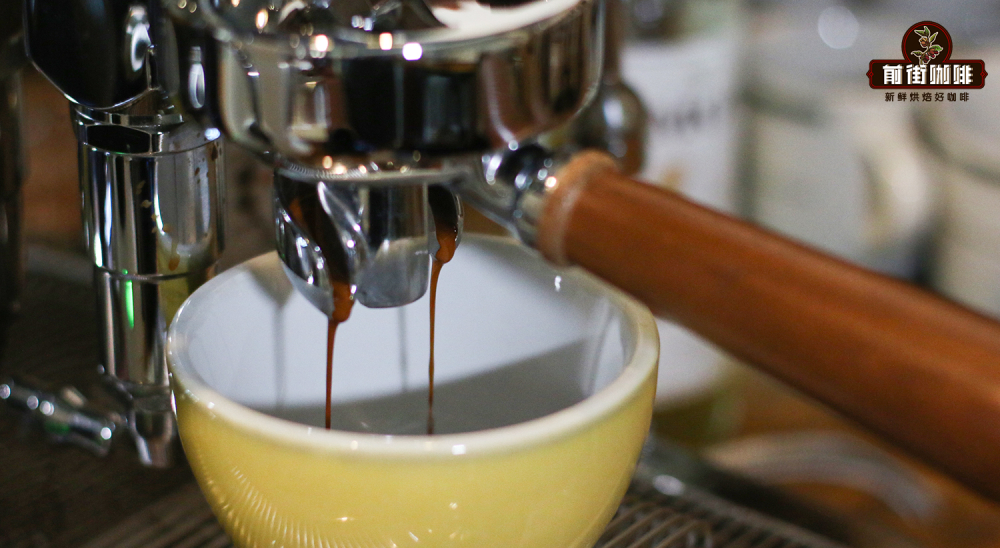
Extraction pressure generally speaking, the extraction pressure of the semi-automatic coffee machine is about 9bar, which is determined by the performance of the coffee machine. Now some coffee machines have the function of variable pressure extraction. The extraction efficiency is low at low pressure and high at high pressure.
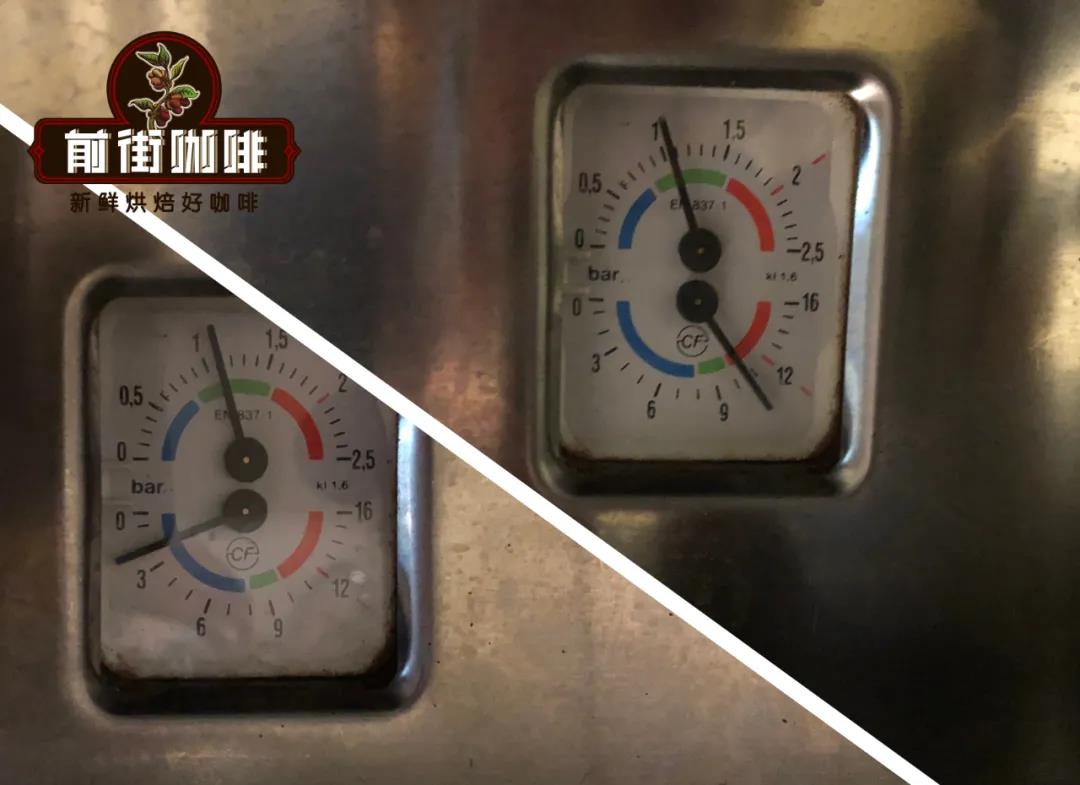
Extraction temperature extraction Italian espresso water temperature is generally between 90 and 94 degrees Celsius, too high water temperature is easy to over-extraction, coffee taste is easy to bitter, water temperature is too low easy to lack of extraction, resulting in coffee taste acidity. So what details should be paid attention to in making espresso? The process of making espresso can be divided into weighing powder, cloth powder, pressing powder, machine extraction, cleaning and so on. Qianjie also mentioned that cloth powder and pressing powder are very important for a cup of espresso. The other effects on a cup of espresso are second, but they also have an impact that can not be ignored. The problem of weighing powder has two points to pay attention to, one is the influence of residual powder, and the other is the accuracy of powder quantity. Carefully observe your Italian grinder, whether it is powder bin type or straight out type, there is a channel between the cutter head and the powder outlet, and this channel accumulates the coffee powder that was ground before, if it is too long from the last grinding time, there is little flavor of the coffee powder in the channel. At this point, you should use a tool to empty the coffee powder in the channel, or start the grinder and let the follow-up coffee powder push out the previous coffee powder and discard it. And then powder.
The Pegasus 900N grinder used in the former street coffee as an example, the residual coffee in its channel weighs 2 grams. If you take a double concentrated 20-gram coffee powder as an example, this accounts for 1/10 of the powder, which shows the great impact. Then there is the question of weighing accuracy. Take Pegasus 900N as an example, the version used in Qianjie is non-quantitative, which requires an electronic scale with high sensitivity to assist. In order to accurately and stably produce, powder should be weighed every time. Qianjie suggests that the maximum error is ±0.1 g.

If you are using a quantitative grinder, please do not ignore this problem. At present, the principle adopted by most quantitative grinders is timing (of course, there are exceptions), and the problem caused by timing is the error of grinding quantity caused by different rotational speed, different pressure of bean warehouse, different size and density of coffee beans and so on. Inconsistent speed: the reason for the inconsistent speed is related to the voltage. The domestic voltage is 220V plus or minus 10V floating. The speed is fast when the voltage is high and slow when the voltage is low. The pressure of the bean warehouse is different: the different storage amount of coffee beans during each grinding will lead to the inconsistent pressure of the bean warehouse. When the pressure in the soybean warehouse is unstable, it will also affect the difference in powder production. Coffee beans vary in size and density: there are differences in size and hardness between blended coffee beans, and the proportion of varieties varies each time they are ground, which can also lead to differences in flour content.

Extraction should be orderly, from grinding beans to receiving powder, cloth powder, pressing powder to buckle the coffee handle and press the extraction button. In theory, this set of movements is continuous and should not be intermittent. So before grinding, you need to figure out what you're going to do next and what's not ready. If you are still new to the operation, you can demonstrate it many times. Practice makes perfect. To form a good habit of cleaning, first of all, a clean environment will give people a sense of comfort, and secondly, the cleaning of key parts will affect the quality of the next cup of coffee, such as the residual powder in the powder bin of the grinder mentioned above. There is also the residual powder of the cloth powder machine and the powder hammer. And to ensure that the cloth powder, powder extraction, powder bowls and other utensils in direct contact with coffee powder dry (vernacular is not to leave water on these utensils).
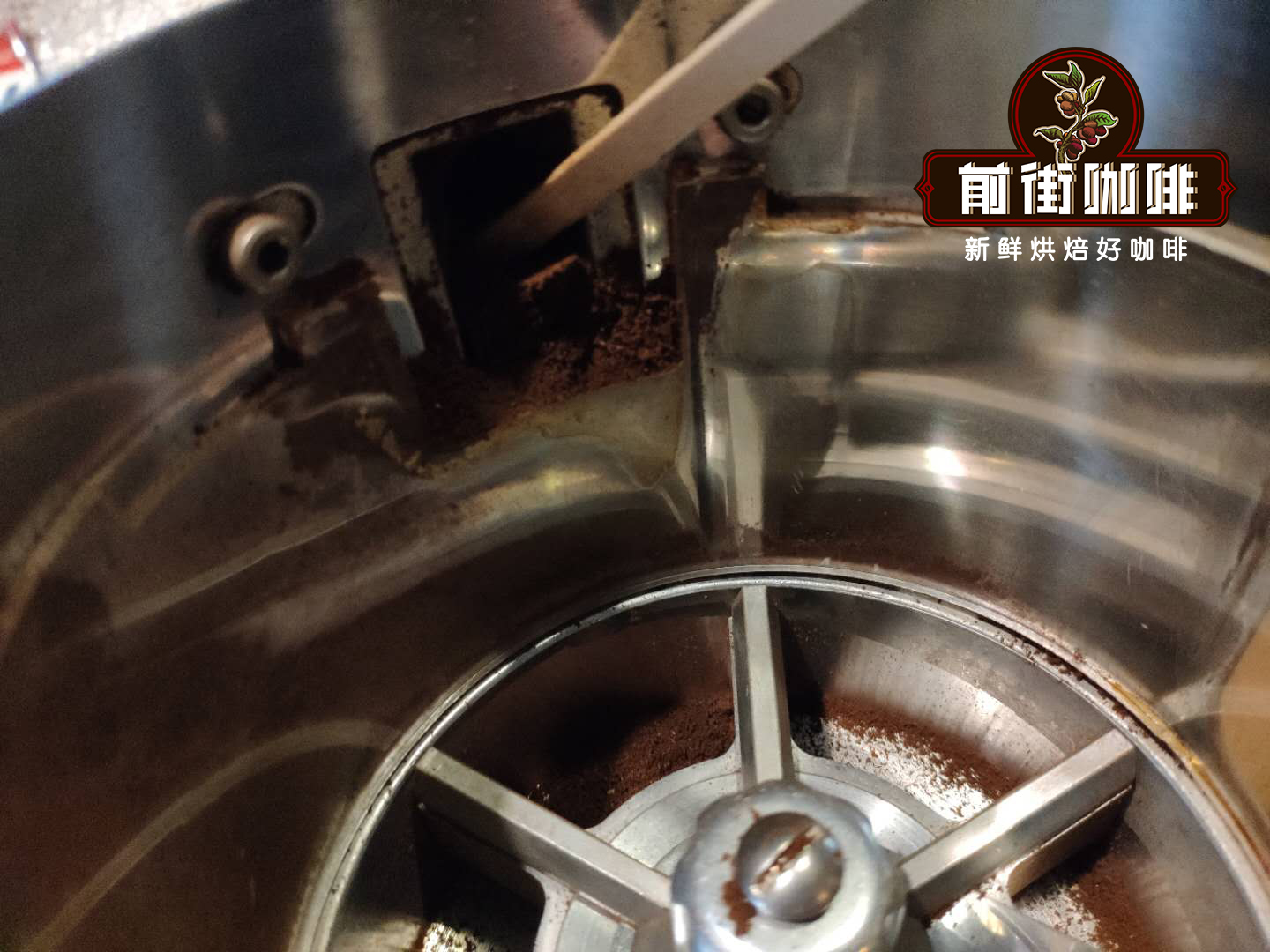
After extracting an espresso, remember to clean the handle and brew the head (no matter how busy you are). These seemingly unimportant coffee leftovers will affect the quality of the next espresso.
For more boutique coffee beans, please add private Qianjie coffee on Wechat. WeChat account: kaixinguoguo0925
Important Notice :
前街咖啡 FrontStreet Coffee has moved to new addredd:
FrontStreet Coffee Address: 315,Donghua East Road,GuangZhou
Tel:020 38364473
- Prev

Espresso extract coffee cake a lot of trace Italian espresso extraction time
Espresso extraction Coffee Cake A lot of trace espresso extraction time now let's talk about the effect of pressing too tight on Espresso extraction. If the coffee powder is pressed very tightly, it will be pressed to death, and the water cannot penetrate the coffee pressed powder at 9 atmospheric pressure. I can't imagine the taste of this cup after 30 milliliters of concentrate and the time it takes.
- Next

"dripping Coffee" and "Italian espresso" are the same and different
People usually use smaller porcelain cups or glasses to enjoy espresso, and drink it very quickly. Coffee extraction time is also shorter, usually between 15-20 seconds, the length of time will directly affect the taste of coffee. Espresso can be divided into three parts: ● bottom: the deep part at the bottom of the coffee cup; ● coffee: light brown coffee solution; ● coffee oil
Related
- Beginners will see the "Coffee pull flower" guide!
- What is the difference between ice blog purified milk and ordinary milk coffee?
- Why is the Philippines the largest producer of crops in Liberia?
- For coffee extraction, should the fine powder be retained?
- How does extracted espresso fill pressed powder? How much strength does it take to press the powder?
- How to make jasmine cold extract coffee? Is the jasmine + latte good?
- Will this little toy really make the coffee taste better? How does Lily Drip affect coffee extraction?
- Will the action of slapping the filter cup also affect coffee extraction?
- What's the difference between powder-to-water ratio and powder-to-liquid ratio?
- What is the Ethiopian local species? What does it have to do with Heirloom native species?

